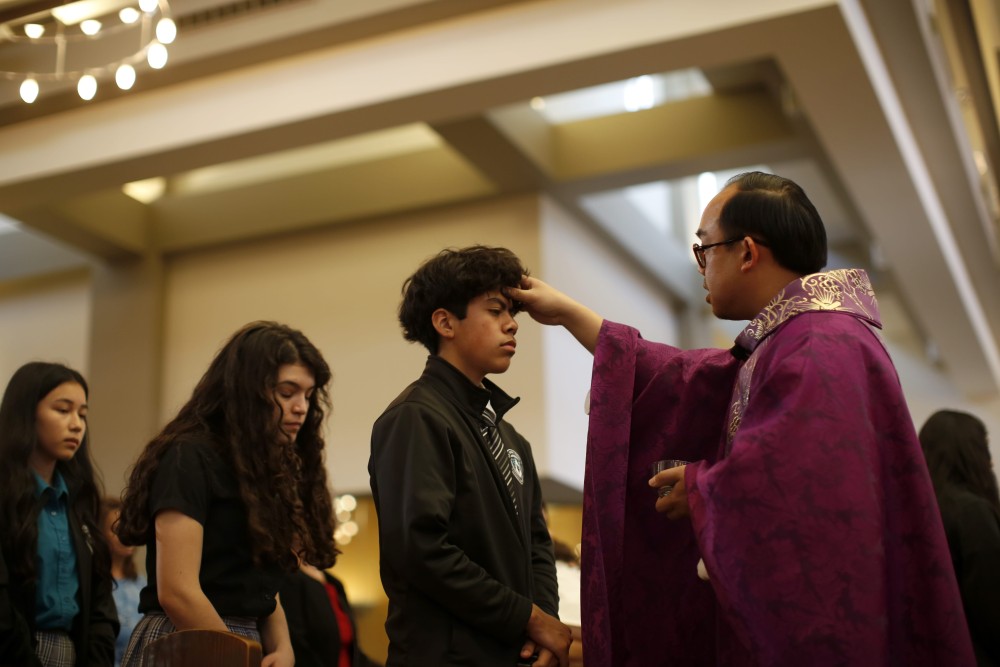US Catholic institutions struggle to keep up with changing demographics

Hispanics now account for 40 percent of all US Catholics, and a solid majority of school-age Catholics. Yet Hispanic Americans are strikingly underrepresented in Catholic schools and in the priesthood—accounting for less than 19 percent of Catholic school enrollment and only about 3 percent of US-based priests.
Extensive efforts are under way to narrow the demographic gaps. They have been highlighted in a nearly completed four-year study by US Catholic bishops seeking to strengthen the church’s engagement with Hispanics.
By the latest count of the bishops’ conference, there are about 37,300 US-based priests. Among them are roughly 3,000 Hispanics—more than 2,000 of them




